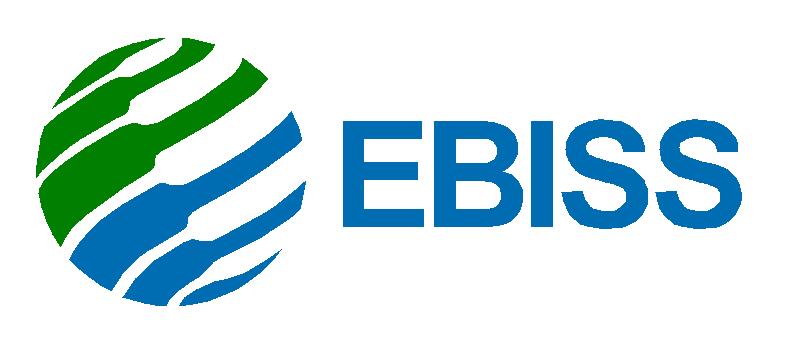As you can imagine, we go to A LOT of trade shows, exhibitions, and conferences. Over the years we see pretty much everything that could go wrong, go wrong.
With that in mind, we have put together this, hopefully helpful, list of commonly encountered pitfalls and problems and how to avoid them.
Deadlines
1.Deadlines exist for a reason. Deadlines are not arbitrarily made up or picked out of the air. They are there to ensure that all of the shipping companies, contractors and exhibitors themselves have sufficient time to get everything they need delivered and set up in time before the show opens. Failure to stick to deadlines can get very costly, very quickly. Whether it’s a last-minute air freight package, or out of hours delivery or drayage requirements – you will be paying for the inconvenience caused to other companies. Always check your deadlines carefully in your Exhibitor Handbook and do everything possible to stick to them – you’ll be glad you did!
Shipping
1.Careful packing is key – this is mostly common sense, but packing up your exhibition  stand, products or artworks safely to withstand the journey is key to their successful arrival. Pack them into the best crates or boxes you have available – you wouldn’t pack for your holidays in a tatty old box! Make sure the packaging is suitable for transit.
stand, products or artworks safely to withstand the journey is key to their successful arrival. Pack them into the best crates or boxes you have available – you wouldn’t pack for your holidays in a tatty old box! Make sure the packaging is suitable for transit.
2.Efficient packing – reducing the number of packages per shipment can help save you money as well as reducing the opportunity for items to go missing. Pack clever, pack cost-effectively!
3.Tidy packing – many airports use lasers to measure the dimensions of packages passing through automatically. This laser will measure the widest possible part of any package. This means if you have some strapping or banding protruding – you could get charged for a larger parcel than you have actually sent.
Paperwork – Customs, Import & Export
1. Local Duties & Taxes. If this is your first time shipping internationally, you will need to bear in mind some additional costs which may be incurred. Along with potentially overpriced cappuccino’s, or rip off taxi’s, your goods may well be liable to local duties and taxes.
If you are planning to bring all of your exporting goods back to their point of origin, your  agent/forwarder should be putting them under a ‘Temporary Import Bond’ (TIB). This way, no duties or taxes are liable, as long as all the goods go back out of the country of origin, exactly as they came in (quantity of, not shipping method).
agent/forwarder should be putting them under a ‘Temporary Import Bond’ (TIB). This way, no duties or taxes are liable, as long as all the goods go back out of the country of origin, exactly as they came in (quantity of, not shipping method).
However, if you give away, sell, or just leave some or all of your goods in the country of destination, then they will be liable to duties and taxes. These charges are often not going to be known until your local agent closes out the TIB, or re-exports what goods remain.
2. Goods leaving the UK – for all goods leaving the UK, every shipment must be accompanied by the company that owns those goods’ EORI number. This is an official identifier number (linked to your company VAT number) which MUST accompany your goods when they go overseas, even if they are only being shipped on a temporary basis, such as for an exhibition or show.
3. If you are not sure – ask! Customs forms can be confusing, we get that. We deal with them every single day, so rather than struggling through trying to complete them yourself – please ask and we will be happy to advise.
Exhibition Set-Up
1.Drayage – Part I – if you are sending your exhibition or trade show stand to the USA, please be  prepared to incur additional drayage costs. Peculiar to the USA, this cost is charged by the drayage handlers, employed by the show organisers, who move your goods or equipment from the loading bay to your stand. Unless you plan to walk your own stand in the front door on set-up day this is inescapable. For more information on how to keep your drayage costs to a minimum, read our blog here.
prepared to incur additional drayage costs. Peculiar to the USA, this cost is charged by the drayage handlers, employed by the show organisers, who move your goods or equipment from the loading bay to your stand. Unless you plan to walk your own stand in the front door on set-up day this is inescapable. For more information on how to keep your drayage costs to a minimum, read our blog here.
2.Electrical Complications – remember that different countries have different plug sockets and potentially different standard Voltages. We can provide all the necessary adaptors and converters needed, but it is always worth double-checking your exhibitor’s handbook for details so you don’t get caught out. If in doubt – ask! We can check that any electrical equipment you have on your stand will be compatible with the electricity supply offered.
Exhibition Break Down
1.Drayage – Part II – as the docks at the venues are controlled by the drayage contractor, your shipping company are unable to come to your stand to pick-up. You will need to complete a bill of lading (also referred to as a material handling agreement) from the service desk of the drayage contractor. When you have packed, you must complete this form and take it back to the service centre. Without this form being completed the Drayage contractor will use whatever methods at whatever cost to return your shipment to you and simply charge it to your credit card. You may also incur further costs such as import VAT as the shipment will not be controlled correctly. See our blog for an example of this form.
Brexit
1.Commercial Invoices. You should now be sending your goods out of the UK with a detailed  commercial invoice and packing list. If you are wanting your goods to come back to the UK at some point, we suggest you have your agent/forwarder raise EAD’s (Export Accompanying Documents). These will be stamped by UK Customs upon export from the UK, and can then be presented to UK Customs at the time of re-import, so prove they are of UK Origin, and not liable to additional taxes and duties
commercial invoice and packing list. If you are wanting your goods to come back to the UK at some point, we suggest you have your agent/forwarder raise EAD’s (Export Accompanying Documents). These will be stamped by UK Customs upon export from the UK, and can then be presented to UK Customs at the time of re-import, so prove they are of UK Origin, and not liable to additional taxes and duties
2. Promotional giveaways – check yours are still legal for export. Potential changes to the rules of exporting foodstuffs may apply. So if your go-to giveaways are jelly beans, mints, chocolates or any other edible items, please check that these are acceptable for export to your destination (plus any other countries through which your load may need to transit.)
